|
The River Lark, West Stow After a very unusual year, it has been such a delight to restart our restoration work and training courses again this Autumn. We are so grateful to our fabulous volunteers for their patience and hard work in such uncertain times. Here is a little update of what we’ve been up to since May: July 2021 HR Wallingford/Water Resources East visit to the River Lark – in July, we took a group of representatives from HR Wallingford, Water Resources East, The Rivers Trust and the Environment Agency on a short tour along the River Lark, visiting Mildenhall, Cavenham Heath, Fornham, The Crankles in Bury St Edmunds, and Rushbrooke. The last part of their trip we were joined by volunteers from BSE Rickshaw, who transported all of us in a convoy along the river. The following description of the project is taken from the HR Wallingford site at https://www.hrwallingford.com/news/project-assess-optimal-ways-protecting-precious-chalk-streams HR Wallingford has teamed up with Water Resources East (WRE) to assess how various interventions could help protect England’s precious chalk streams. The work is looking at improving chalk stream resilience by focusing on better stewardship of land, and nature-based solutions. By measuring costs and benefits of these alternatives, the team will be able to create a tool to support water companies, resource planners and landowners to make scientifically informed decisions on interventions, which could be used to provide evidence for government funding decisions. We are planning to study a range of interventions in three of WRE’s catchments to help identify the optimal way to improve the flow and protect the ecology of chalk rivers and catchments. As these also supply a large amount of water to the public, agriculture and energy sector, the project is looking at alternatives to reducing abstraction, which is already capped in the attempt to make it sustainable and improve the resilience of chalk catchments. Certain interventions could help protect these ecologically-rich streams and rivers, so that they do not run dry in hot summers and continue to support important flora and fauna, such as trout, salmon, dragonflies and crowfoot. WRE has identified three pilot catchments for us to study: Lark, Stiffkey and Granta. At initial site visits, which commenced mid-July, scientists will identify the sort of interventions that are suitable to be implemented and further opportunities to improve the resilience of chalk catchments. The team will consider options including, but not limited to, nature-based solutions, for example to plant specific types of trees, improved land use through land stewardship and Environmental Land Management (ELM) schemes to promote farm reservoirs, or river restoration. Throughout the process, HR Wallingford and WRE will be consulting with representatives from each of the catchments and bodies such as the Environment Agency, the National Farmers Union and Natural England. Andrew Hinchley, chairman of the River Lark Catchment Partnership, stated: “We really welcome HR Wallingford and WRE choosing the Lark as one of the catchments on which to focus. We are particularly pleased since the Lark is one of the most over-extracted and polluted chalk streams in East Anglia…yet we believe, with the right amount of effort by both professional organisations and our volunteers, that this can be greatly changed in the next decade, benefitting not only the environment and those visiting, but also contributing positively to conquering the problems of drought that our nationally important farming community faces.” Once the interventions have been chosen and put in place, the team will carry out modelling works to quantify the impact of each on the catchment’s aquifers and streams. The team then plans to develop an innovative decision-making platform that can be used elsewhere too to test the type and extent of a range of land-use interventions within chalk stream catchments, calculate the potential cost-benefits and help in decision-making. The new model could be used to help inform the ELM funding, currently being set up by the UK government. ELM schemes will allow land owners to seek funding for projects which improve the environment, and is due to come into force in 2027. The model could also be used to demonstrate environmental improvements in land use for Biodiversity Net Gain payments. “This project is the first piece of research that will measure the impact of different interventions and enables decision-making in the context of chalk catchments,” explained Dr Majed Khadem, HR Wallingford’s project manager. “Other studies have examined the importance of chalk streams and rivers, but not measured the outcomes of applying measures to protect them. Considering the significance of chalk catchments for the public and for our environment, HR Wallingford has chosen to fund the project for two years as part of its internal research programme.” Robin Price, WRE’s Managing Director, added: “The project is important to WRE because it will give us further scientific evidence showing which interventions bring real benefits. WRE is very keen to test a range of approaches to increase system resilience, improve aquifer recharge and river flows and also reduce flood risk.” The project comes at a pivotal time in WRE’s calendar as WRE members start to co-create their first regional water resources plan at a series of planning conferences being run throughout the Autumn. To find out more about the chalk stream project and/or how to get and involved in the regional water resources planning, visit https://wre.org.uk/. Tour of the River Lark – Mildenhall, Cavenham and Bury St Edmunds with BSE Rickshaw Basic Restoration Training – another two groups of volunteers successfully completed the basic river restoration training with Rob Mungovan in July. These courses were held outdoors at West Stow Country Park and always receive very positive feedback from participants. Basic Restoration Training, West Stow, July 2021 August 2021 RLCP Garden Party by the river Lark in Barton Mills. Huge thanks to two of our volunteers, Steve and Carole Mullender, who let us use their beautiful riverside garden for our first social event this year. It was wonderful to see some of our volunteers again in person for this very enjoyable afternoon. Barton Mills, August 2021 September/October 2021 River Restoration work at Fuller’s Mill Fuller’s Mill is an enchanting and tranquil seven-acre creation on the banks of the River Lark, described as a waterside gem of West Suffolk. It combines a beautiful site of light dappled woodland with a plantsman’s collection of unusual shrubs, perennials, lilies and marginal plants. The River Lark Catchment Partnership (RLCP) have been welcomed by Perennial, the owners of the garden to transform the path of the River Lark, which runs right through the middle of the gardens . Annie Dellbridge Head Gardener at Fuller’s Mill state “’Thank you to all those that have been involved, the work you’ve done is extremely beneficial to the water and wildlife. It has caused lots of interest with our visitors and it fits very well into the garden. We look forward to seeing you all at the garden again soon.” The first major change implemented with the active assistance of the Environment Agency was to substantially lower the river level. Considerable experience shows that the less a river is blocked by weirs and obstacles, the less energy the river has to maintain a good flow. Glenn Smithson, Head of Restoration for the River Lark Catchment Partnership picks up the story: “Roughly 18 months have passed since our transformative work was completed at Fuller’s Mill. Lowering the river level and then creating and enhancing features has certainly changed the appearance of the river as it passes through the public area of the garden. Swans have taken up residence; voles are seen moving from the garden to the now accessible, low riverbank; and fish have moved into the newly created channel. It was always RLCP’s intention to look above this now restored section and try to do something a little less formal, yet still effective, and using local natural materials. As the Lark was modified to become a navigable river it was invariably deepened, widened and straightened. It was much easier to move cargo this way rather than turning pesky corners. Lowering the river has certainly helped, however the Lark still wants to fly straight, and that’s not great for a river. We decided that, using mostly locally sourced materials, we could make the river move around a little along a straight channel. A variety of features were installed, simple Large Woody Debris deflectors, brash deflectors, brash shelves and a little hazel bundle revetment. I know, it’s like a new language!!! For now, the changes do seem to be working! There are sections of faster, slower, deeper and shallower water. We will monitor the changes over the next year or two and make adjustments as necessary. However, as 90% of our materials came from Fuller’s Mill Garden or the adjacent Lackford Lakes reserve, adding a little here or there shouldn’t be an issue." RLCP has welcomed new river volunteers to work on this project. Helen said: “I had a great time yesterday! I really enjoyed the session and finally felt like I was doing something both for the partnership, the river and for me. The waders were fab and the rest of the volunteers really lovely” Another new volunteer Caroline said: “I had a great time on Saturday at Fuller’s Mill, it was a really interesting and informative session with a lovely group.” Restoration Work at Fuller’s Mill, September and October 2021 Outdoor First Aid Training, October 2021, The Hive, Bradfield St George
|
AuthorWrite something about yourself. No need to be fancy, just an overview. Archives
March 2024
Categories
All
|



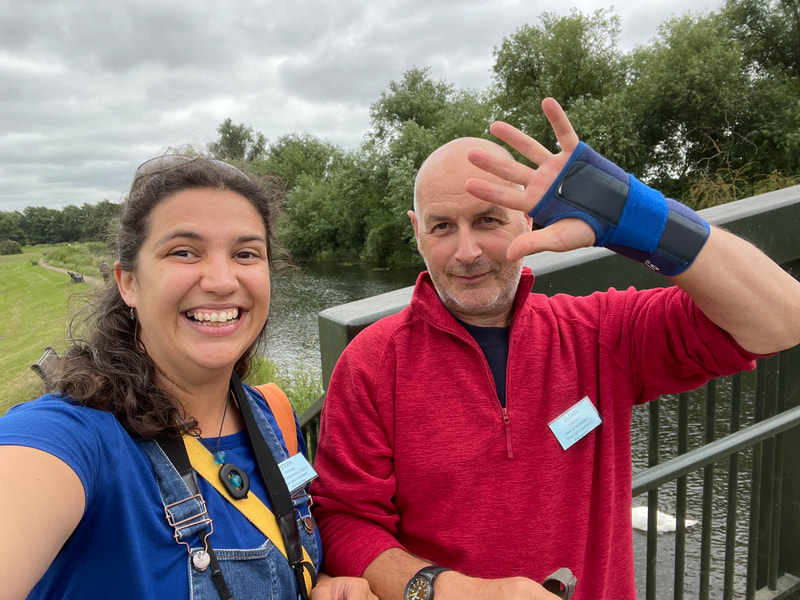




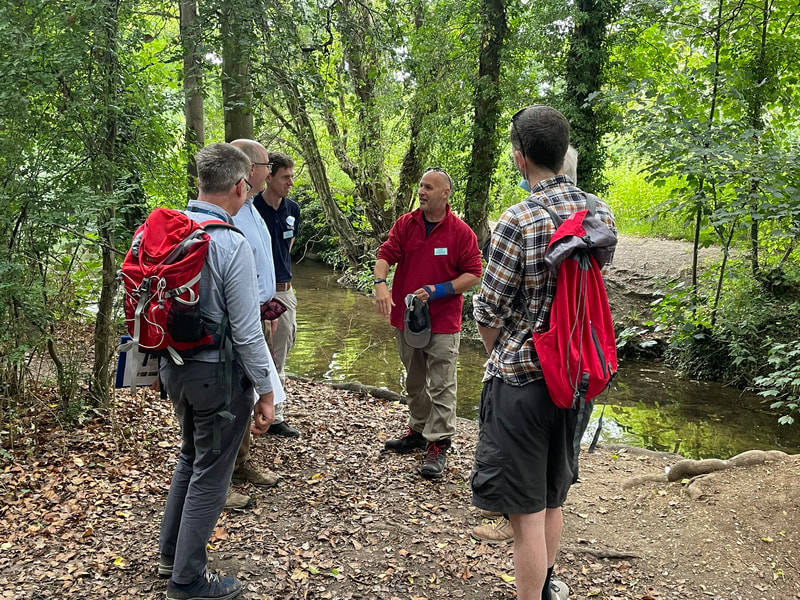




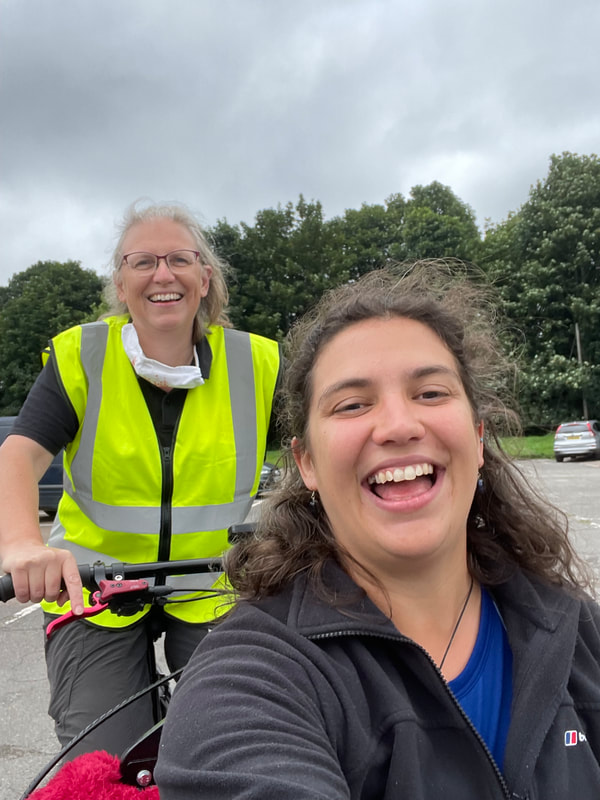




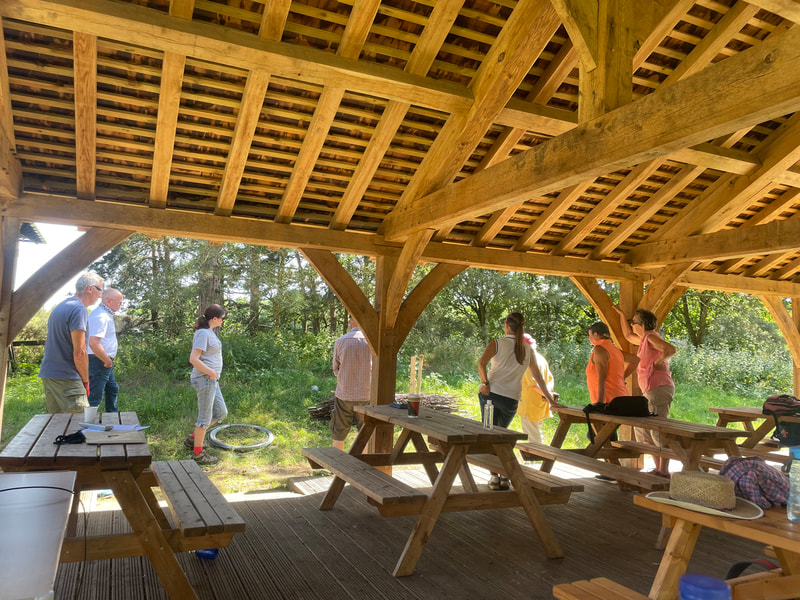

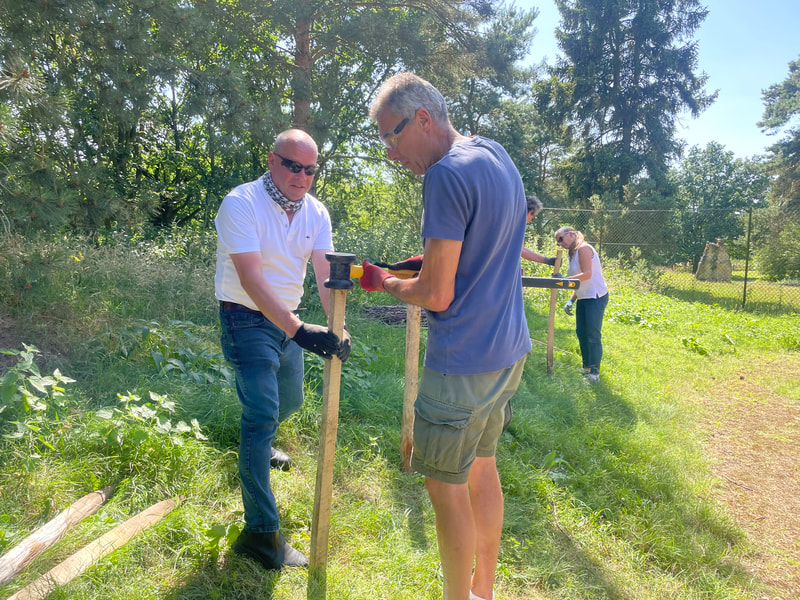

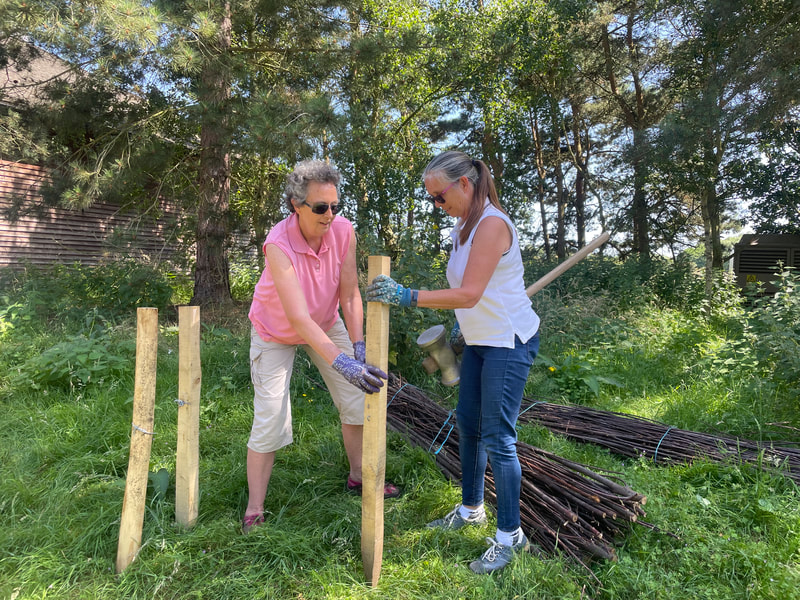

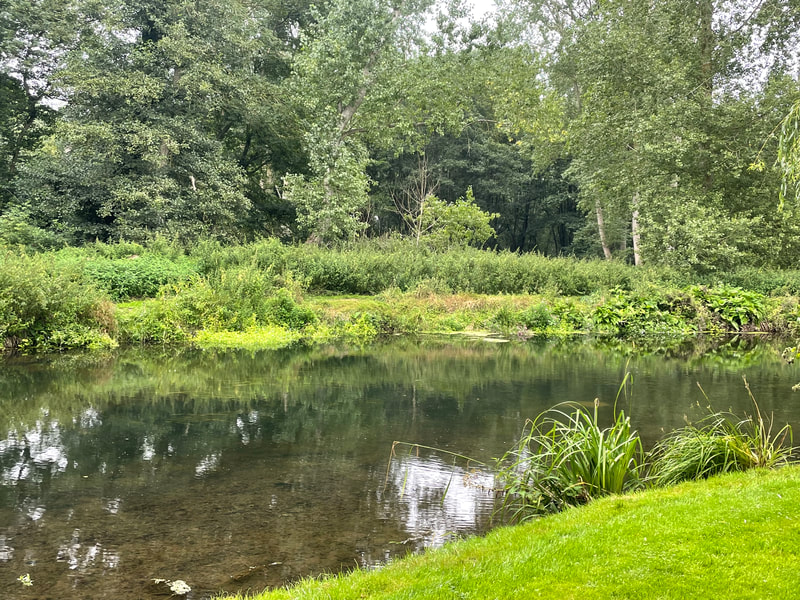






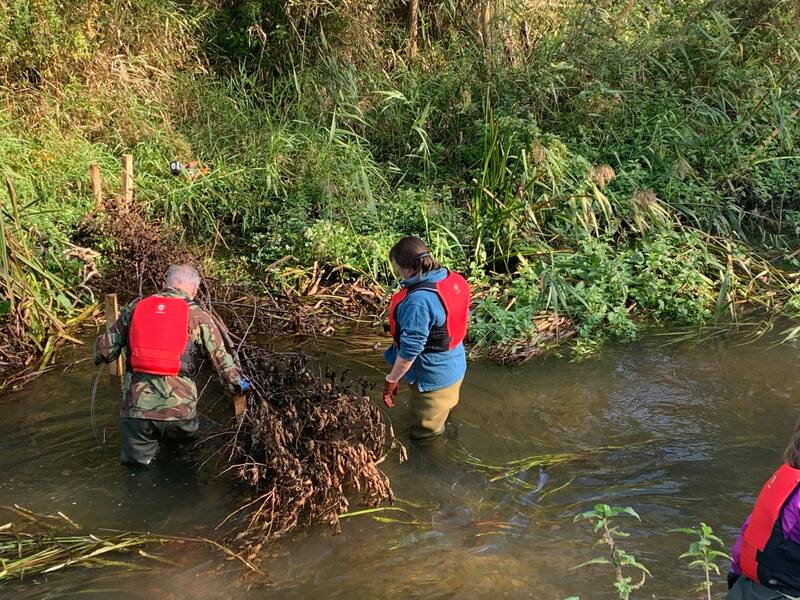



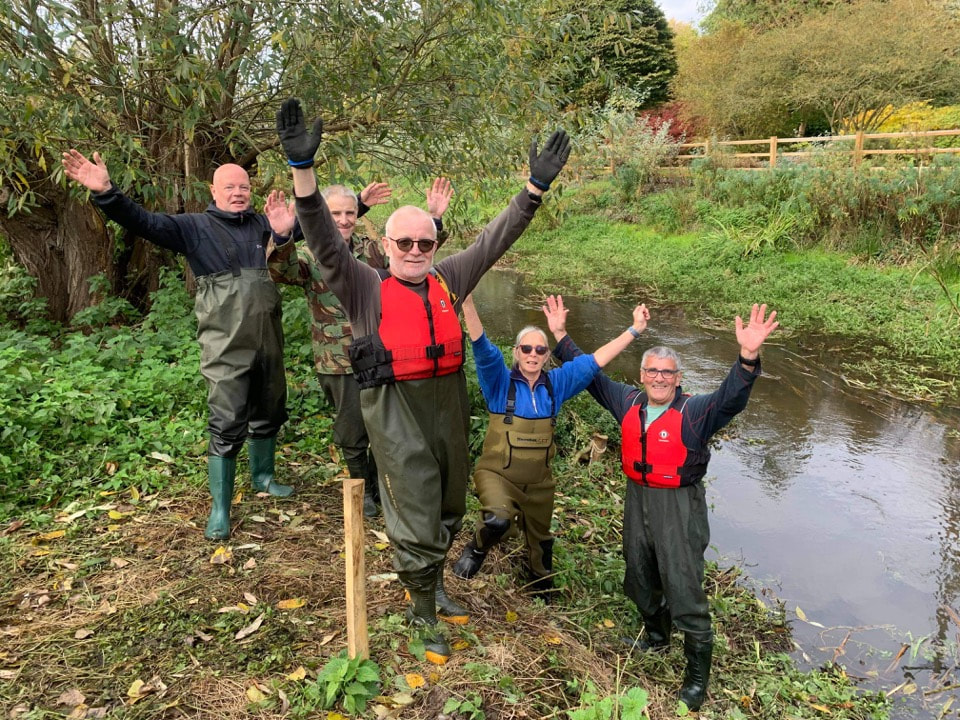


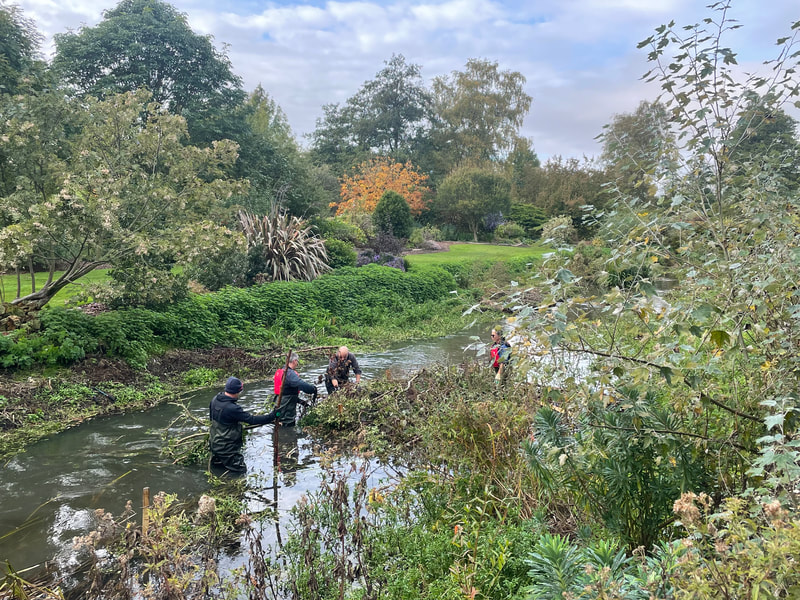


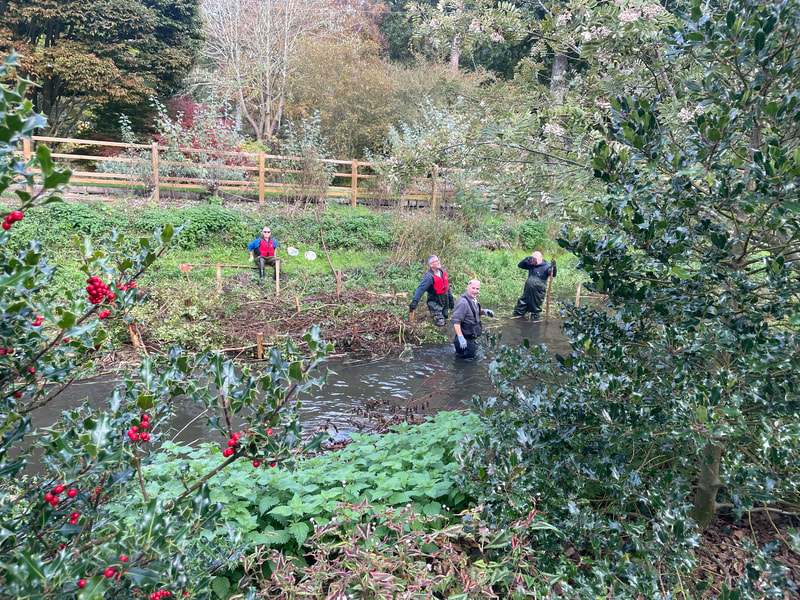
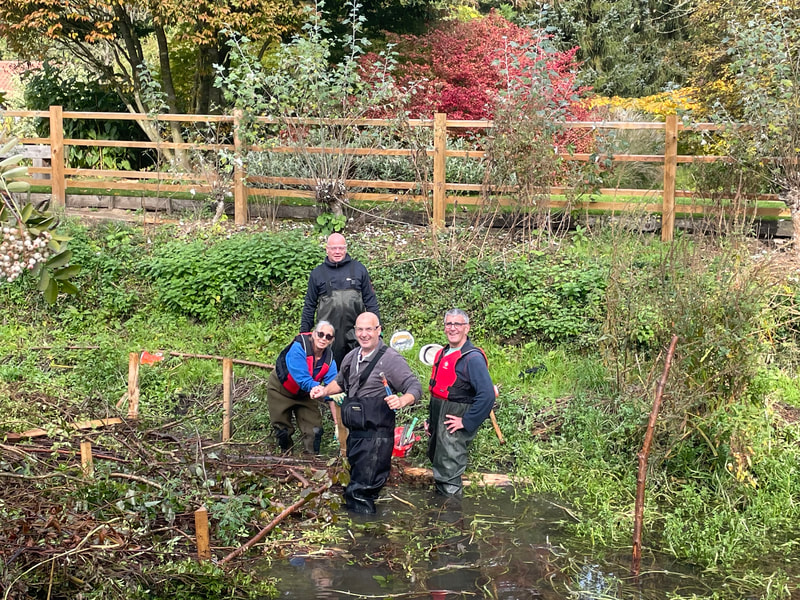

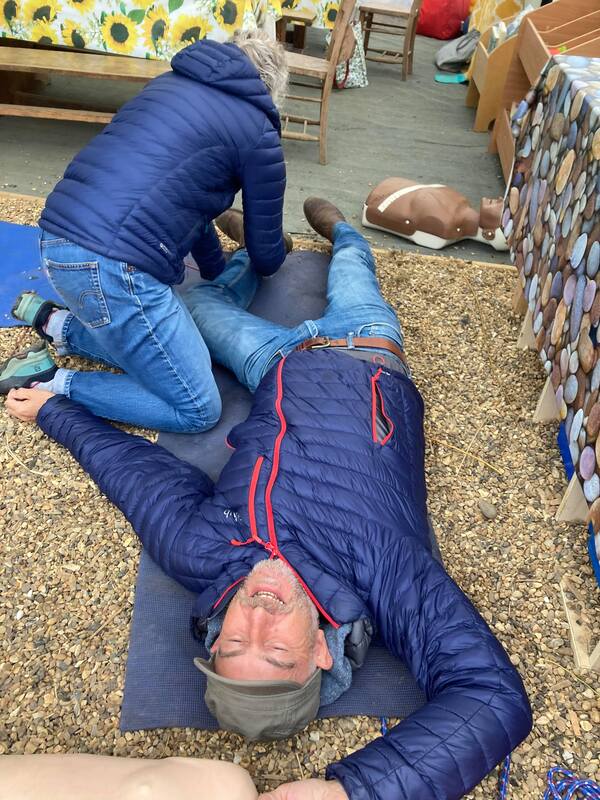
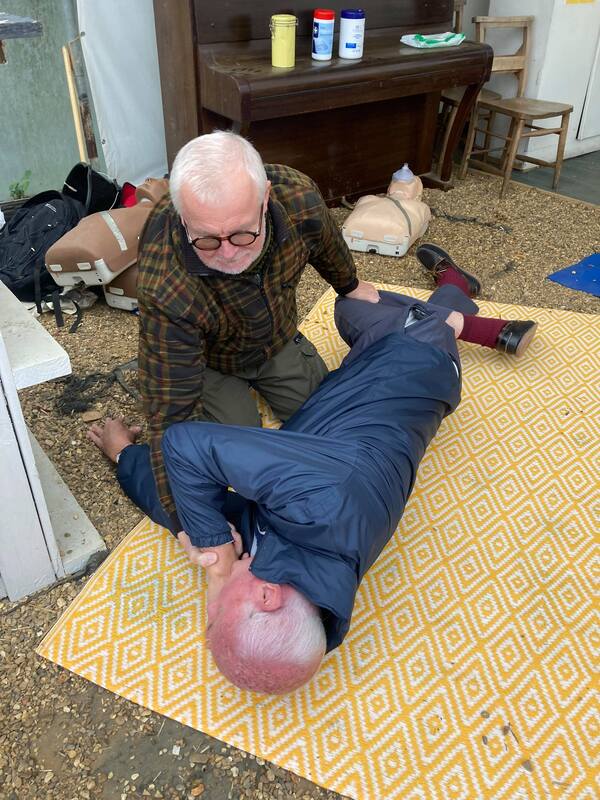

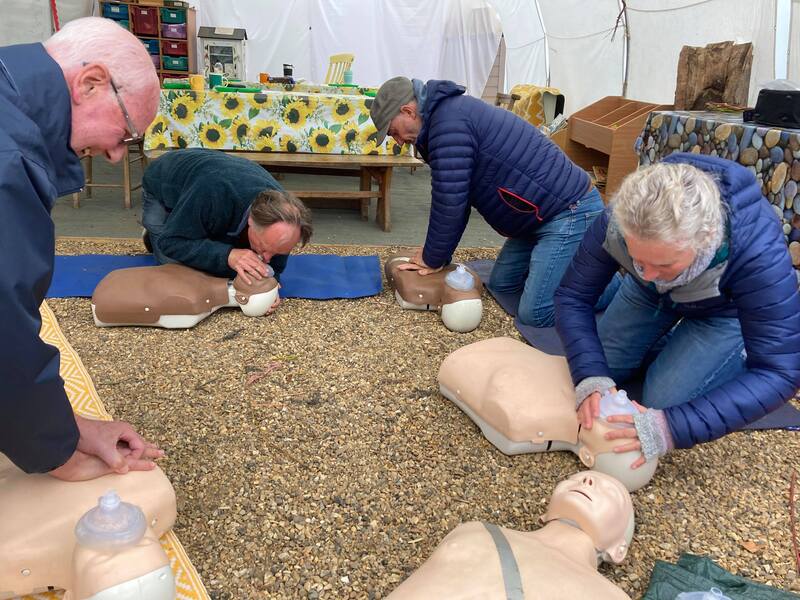


 RSS Feed
RSS Feed
